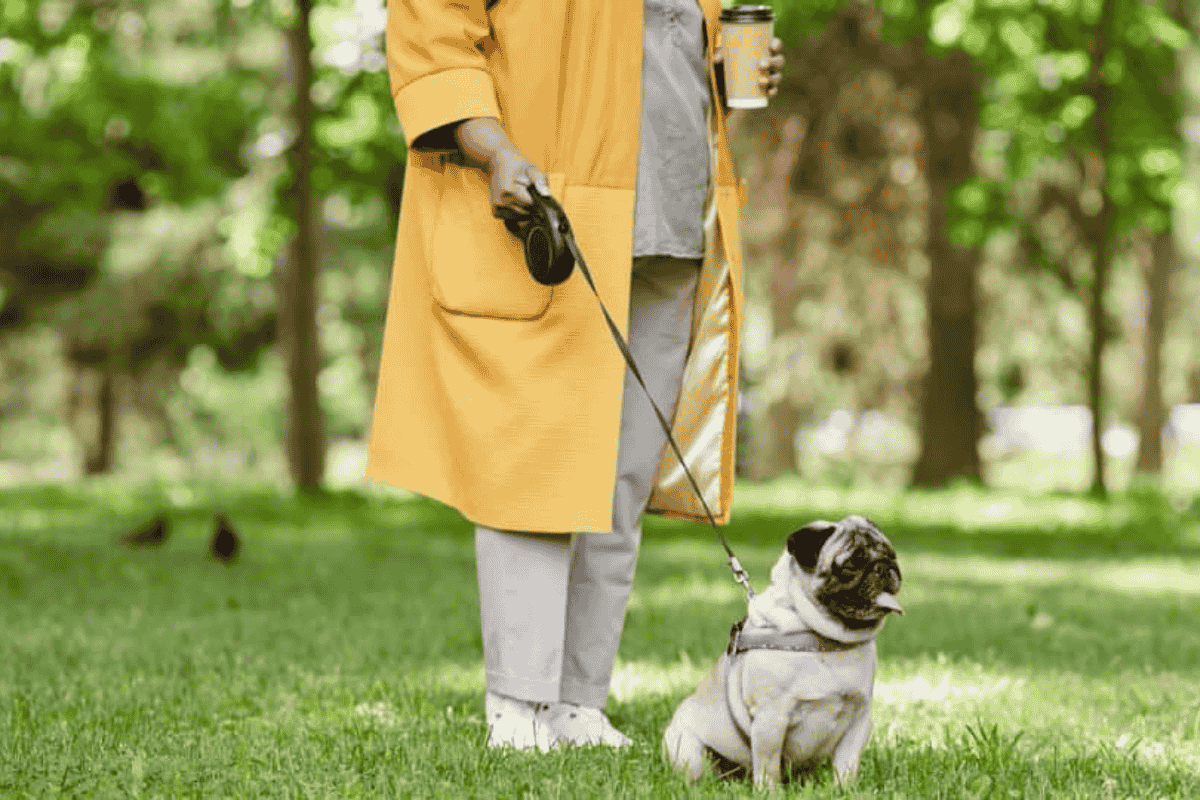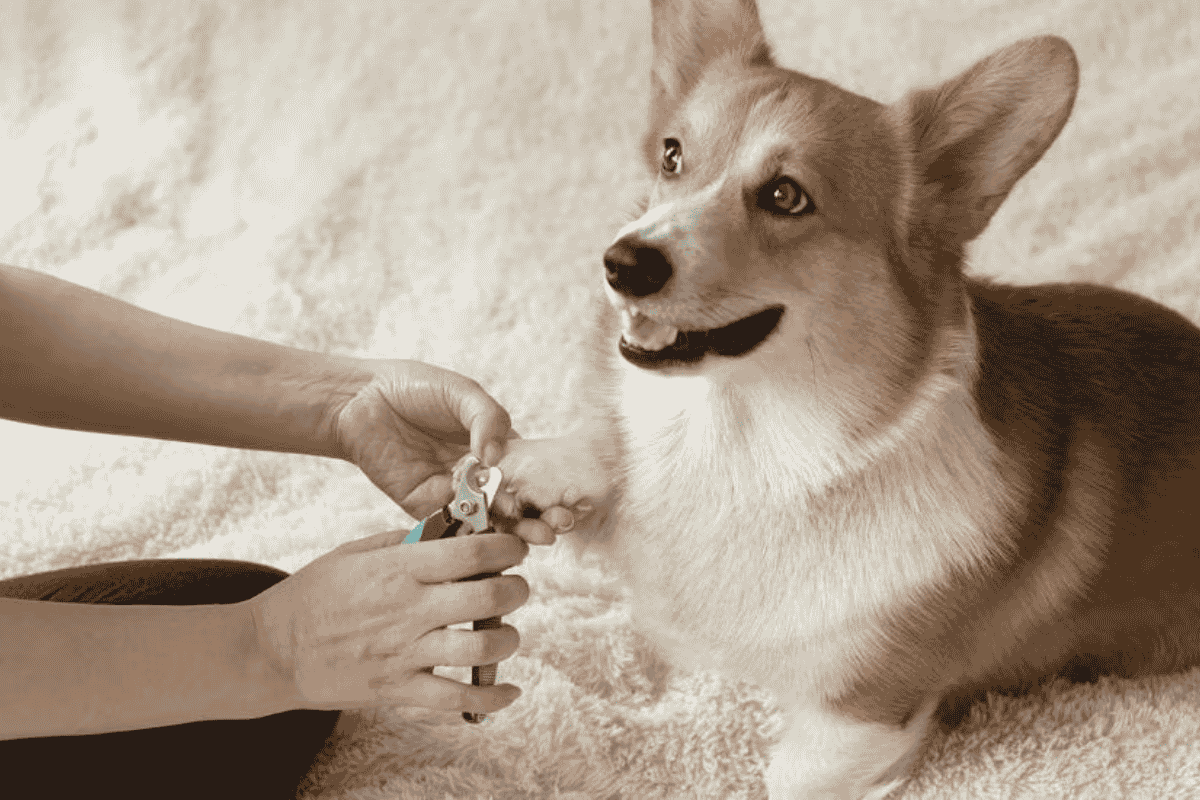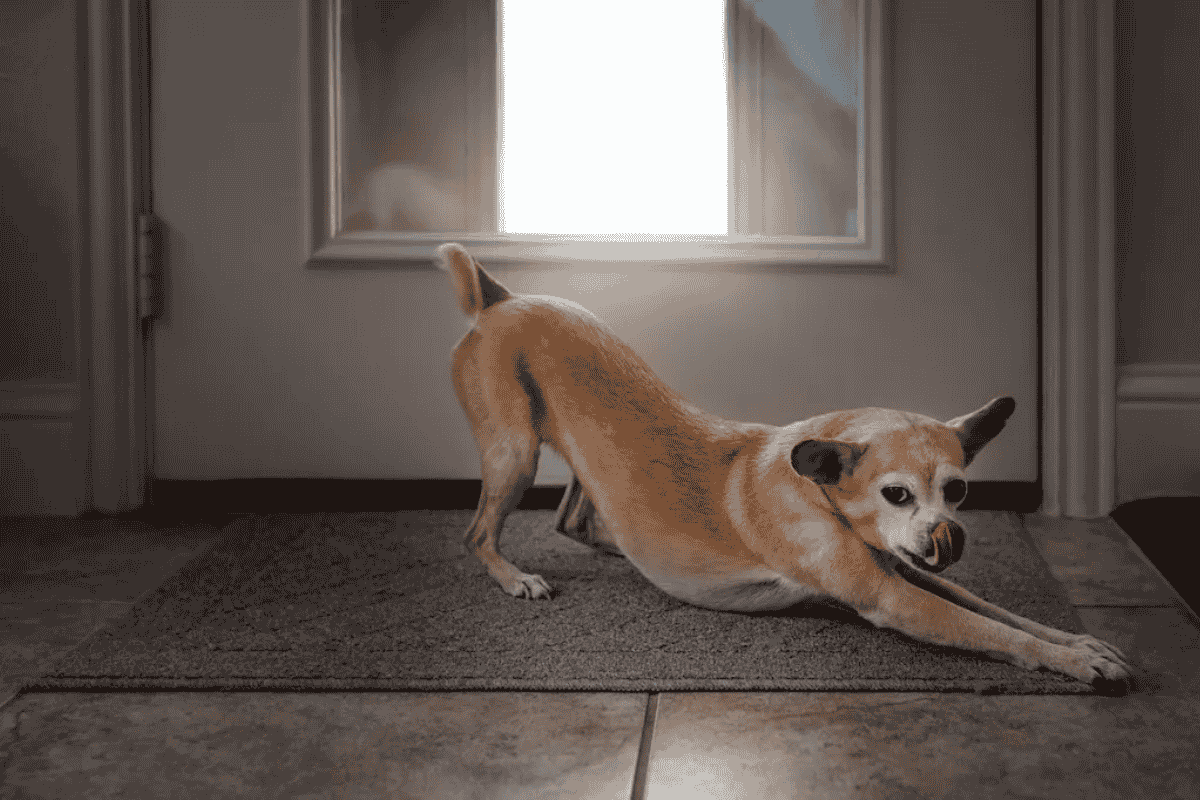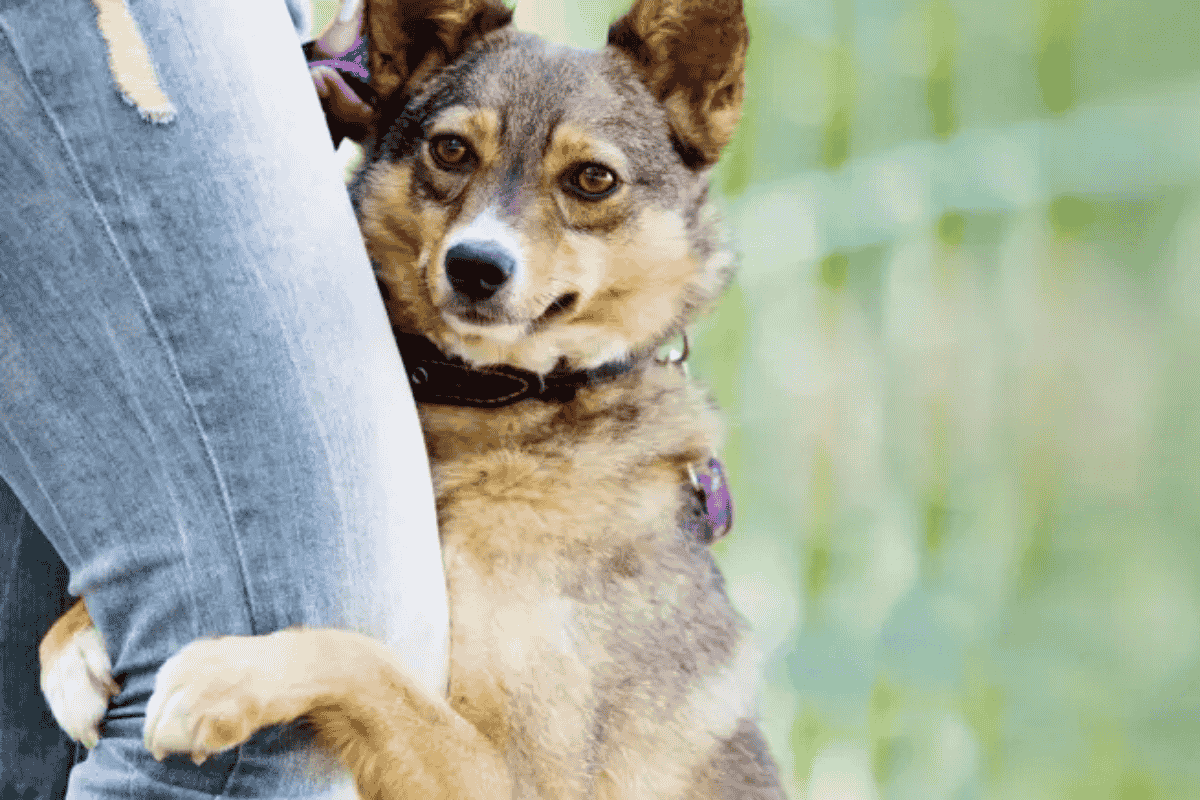A retractable leash consists of a plastic handle that houses a spring-loaded spool of rope or tape. A button on the handle controls the length of the line—unlocking allows free extension and retraction, while locking fixes it at a set length. The end attaches to a collar or harness like a standard leash.
Are Retractable Leashes Bad?
While retractable leashes may seem convenient, they come with several safety risks for both dogs and their owners.
1. They Can Lead to Injuries
If a dog lunges suddenly, the thin line can burn or cut your hand if you try to grab it. Locking the leash abruptly can jerk your dog, potentially causing neck strain, trachea damage, or even spinal injuries.
2. They Can Malfunction or Break
With only a button, torsion spring, and plastic spool controlling the line, mechanical failure is a real risk. A jammed or broken mechanism could allow your dog to run freely into dangerous situations.
3. They Can Get Tangled
Managing slack and tension is difficult. Dogs can wrap themselves—or others—up in the line, increasing the risk of injuries during interactions with people or other pets.
4. They’re Hard to See
Thin, dark-colored lines are nearly invisible, creating tripping hazards for people and increasing the chance of accidents.
5. They Are Easily Dropped
Bulky plastic handles without extra grip can slip from your hand. The noise of the falling handle may scare your dog, causing them to bolt.
6. They’re Not a Good Fit for Frightened Dogs
Fearful dogs may panic if tangled in the line or startled by a dropped handle. They could even slip out of their collar and run away.
7. They Can Reinforce Pulling
Instead of discouraging pulling, retractable leashes often reward it. When dogs pull and the line extends, they learn pulling earns them freedom—encouraging worse leash manners over time.
What Is the Best Alternative to a Retractable Leash?
For safety and training, a fixed-length leash made from durable materials like nylon or neoprene is a much better option.
- Urban walks: A 4–6 foot leash keeps your dog close, making it easier to reinforce good walking habits. Leashes with built-in traffic handles provide extra control in crowded spaces.
- Open spaces: Training lines ranging from 10 to 100 feet allow dogs more freedom while still keeping them secure. With practice, managing slack gives your pup safe exploration without losing control.
Retractable leashes may seem convenient, but their risks outweigh the benefits. Opting for standard fixed-length leashes or training lines gives your dog freedom while ensuring safety for both of you.












